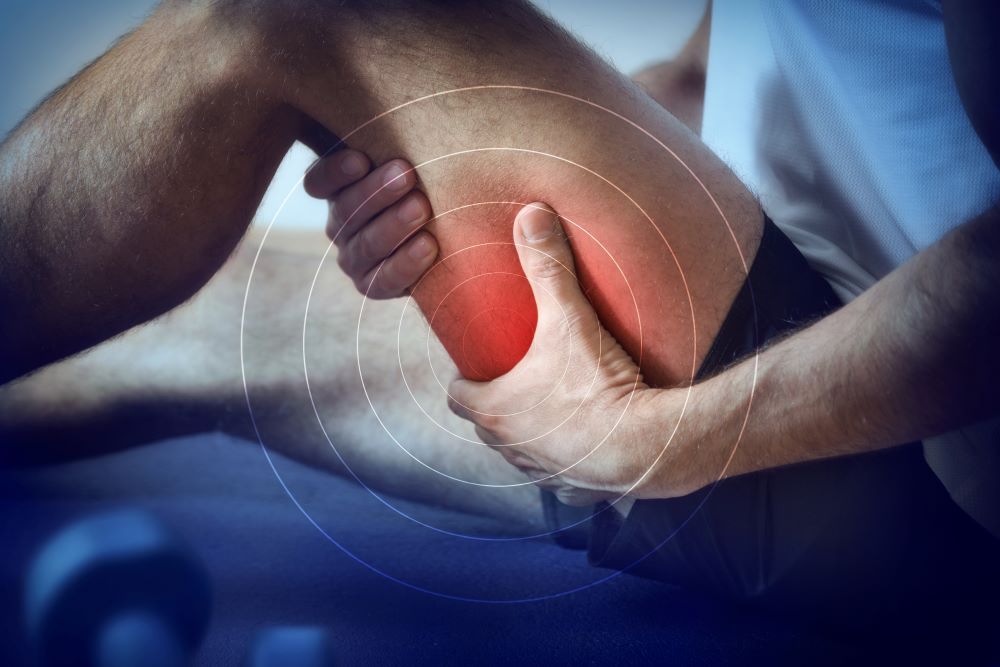
Hamstring Strain
Overview:
Hamstring strain is one of the most common sporting injuries. Injury involves the tearing of one or more of the hamstring muscles: semimembranous, semi tendinosis and biceps femoris. It usually presents as a sudden onset of pain in the posterior thigh resulting from a specific activity (e.g. running). Injury can range from mild (grade 1) to severe (grade 3):
- Grade 1 – some tightness and discomfort in posterior thigh (hamstrings) but able to walk normally. Unable to run at full speed. Mild swelling and muscle spasm. Unlikely to reproduce pain with knee bend against resistance.
- Grade 2 – unable to walk ‘normally’- most likely presenting with a limp. Sudden hamstring pain with activity. Swelling and muscle tender to touch. Pain produced with knee bend against resistance.
- Grade 3 – Severe pain and muscle weakness. May need crutches to walk. Immediate swelling and bruising after 24 hours. Injury involves a tear to half of all of the hamstring muscle.
Cause:
Injury can be due to poor timing and poor strength of muscle contraction commonly occurring in 2 situations:
1) High-speed running – most common cause of hamstring strains. At this time the muscles are active, lengthening and absorbing energy in preparation for foot contact. The biceps femoris muscle has the greatest stretch at this point in time making it more susceptible to injury than the semimembranosus and semitendinosus.
2) Simultaneous hip flexion and knee extension- a position of extreme stretch for the hamstrings, occurring during activities such as dancing or kicking. Injuries of this nature usually occur in the semimembranosus muscle close to its attachment at the pelvis.
Risk factors for injury:
- Improper warm-up prior to sport participation
- Slippery playing surfaces
- Poor running technique
- Previous history of hamstring injury
- Reduced hamstring flexibility
Symptoms:
- Sudden onset of posterior thigh pain
- Audible pop at the time of injury
- Pain at the ischial tuberosity (pelvis)when sitting
- Bruising
- Hamstring tenderness
Prognosis:
Hamstring strains are slow healing and can result in persistent symptoms. Nearly one-third of hamstring injuries will recur within the first year following return to sport. Subsequent injuries are often more severe. Injuries closer to the origin of the muscle (closer to the hip) tend to take longer to recover than distal injuries (closer to the knee).
Prognosis depends of the grade of the strain.
- Grade 1 – 1 to 3 weeks
- Grade 2 – 4 to 8 weeks
- Grade 3 – 3 to 6 months; May require surgery.
Treatment:
Goal of a hamstring rehabilitation program is to return the athlete to sport at prior level of performance with minimal risk of injury recurrence.
Treatment consists of:
- R.I.C.E.R – Rest, Ice, Compression, Elevation and Referral. This should be followed for 48-72hours post injury.
- Avoid H.A.R.M= heat, alcohol, running/activity and massage should all be avoided initially
- Strengthening is vital to reduce the risk of re-injury
Call Holistic Physio Fitness on 9999 6666 to discuss further

